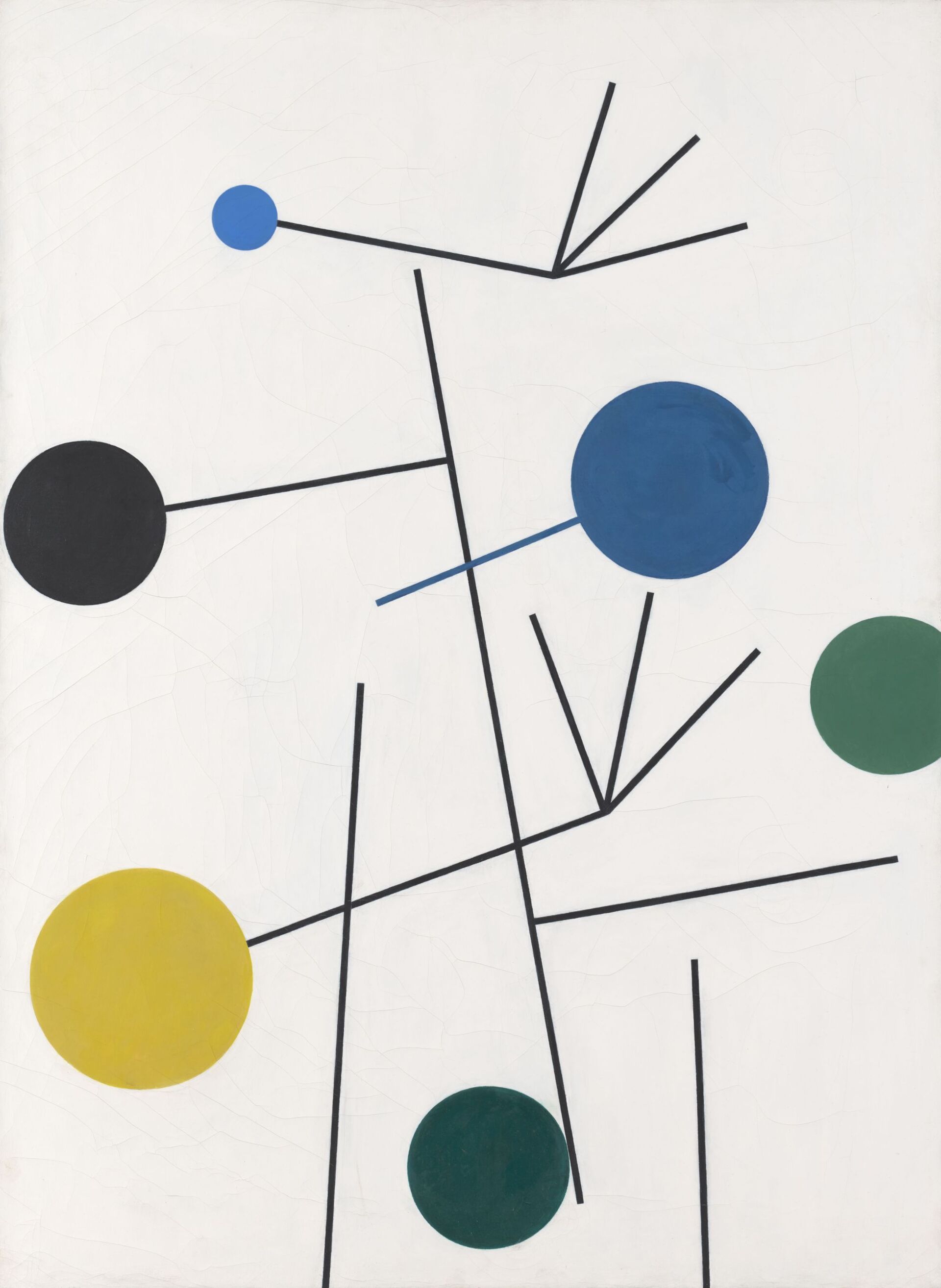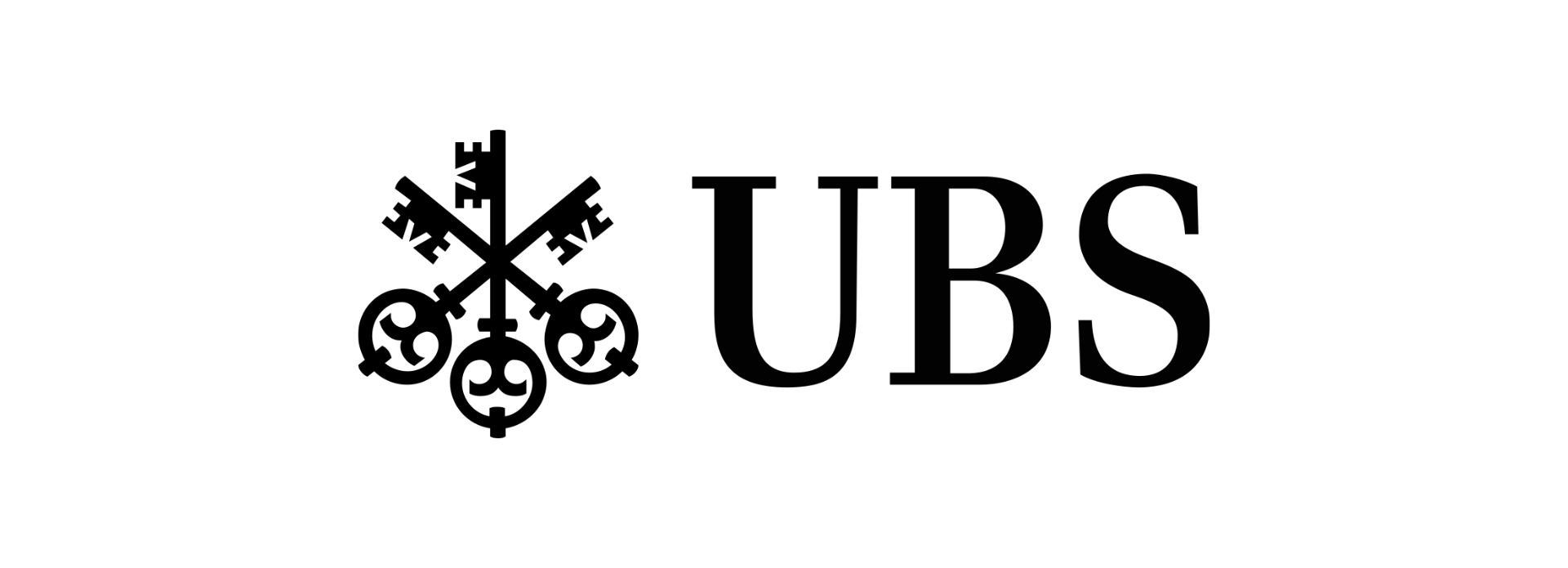Classical Modernism
Collection presentation
On display in the main building’s second-floor galleries are treasures of classical modernism, including world-famous paintings like Oskar Kokoschka’s Bride of the Wind and Franz Marc’s Animal Destinies. Opening with works by the Fauves and Cubists, the tour continues with galleries dedicated to the art of Expressionism and Surrealism and concludes with the visual language of the Constructivists. The Steinsaal, one of the museum’s finest rooms, invites visitors to immerse themselves in the oeuvre of the Swiss sculptor Alberto Giacometti.
Starting in July 2020, fifteen new works enrich the collection: our presentation of the dazzlingly colorful French art of the early twentieth century is strengthened by outstanding works on permanent loan to the museum, including paintings by André Derain and Maurice de Vlaminck. Two galleries devoted to the art of Paul Klee and Pablo Picasso showcase the works from the estate of Frank and Alma Probst-Lauber donated by the Christoph Merian Foundation. Also among the newcomers are not one but two new works by Gabriele Münter: a painting from her early years in Murnau and a reverse glass painting acquired by the Im Obersteg Stiftung. And thanks to another generous donor, a work by Verena Loewensberg now complements the Constructivism gallery at the end of the tour.
Rooms
Works by:
Josef Albers
Hans Arp
Ernst Barlach
Max Beckmann
Max Bill
Georges Braque
Serge Brignoni
Miriam Cahn
Alexander Calder
Marc Chagall
Eduardo Chillida
Giorgio de Chirico
Lovis Corinth
Salvador Dalí
Robert Delaunay
André Derain
Otto Dix
Theo van Doesburg
Jean Dubuffet
Raul Dufy
Helmuth Viking Eggeling
Max Ernst
Lyonel Feininger
Otto Freundlich
Johann Heinrich Füssli
Alberto Giacometti
Fritz Glarner
Julio González
Camille Louis Graeser
Ferdinand Hodler
Alexej von Jawlensky
Wassily Kandinsky
Ernst Ludwig Kirchner
Paul Klee
Lenz Klotz
Oskar Kokoschka
Maria Lassnig
Henri Laurens
Fernand Léger
Wilhelm Lehmbruck
Jaques Lipchitz
El Lissitzky
Richard Paul Lohse
Verena Löwensberg
Aristide Maillol
Franz Marc
André Masson
Henri Matisse
Joan Miró
Paula Modersohn-Becker
Amedeo Modigliani
László Moholy-Nagy
Louis Moilliet
Piet Mondrian
Kiki Montparnasse (Alice Ernestine Prin)
Edvard Munch
Gabriele Münter
Emil Nolde
Meret Oppenheim
Constant Permeke
Antoine Pevsner
Francis Picabia
Pablo Picasso
Germaine Richier
Jean-Paul Riopelle
Dieter Roth
Henri Rousseau (Le Douanier)
Luigi Russolo
Egon Schiele
Oskar Schlemmer
Georg Scholz
Georg Schrimpf
Kurt Seeligmann
Gustaaf de Smet
Jesús Rafael Soto
Niklaus Stoecklin
Sophie Taeuber-Arp
Yves Tanguy
Jean Tinguely
Suzanne Valadon
Kees van Dongen
Georges Vantongerloo
Paule Vézelay
Maria Helena Vieira da Silva
Maurice de Vlaminck
Friedrich Vordemberge-Gildewart
Fritz Winter
Serge Poliakoff
Adya van Rees

